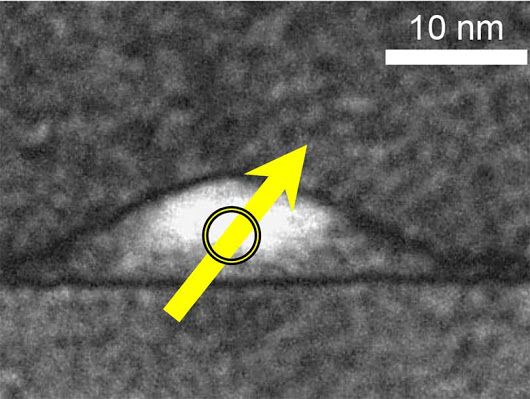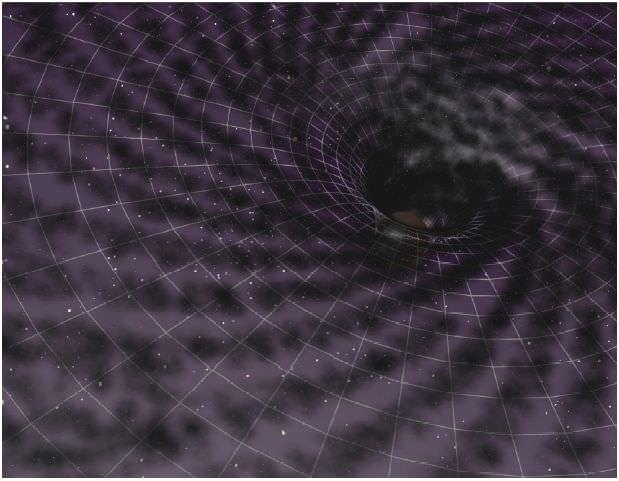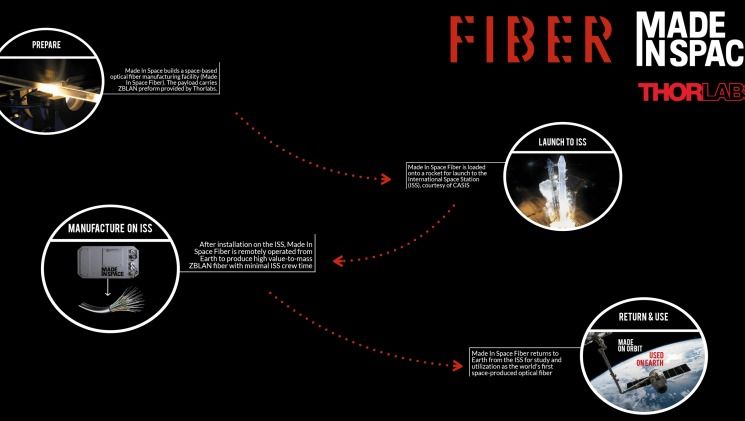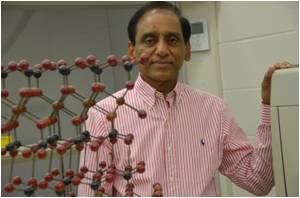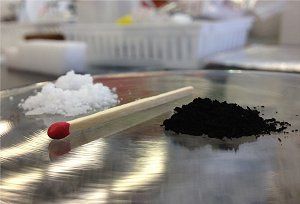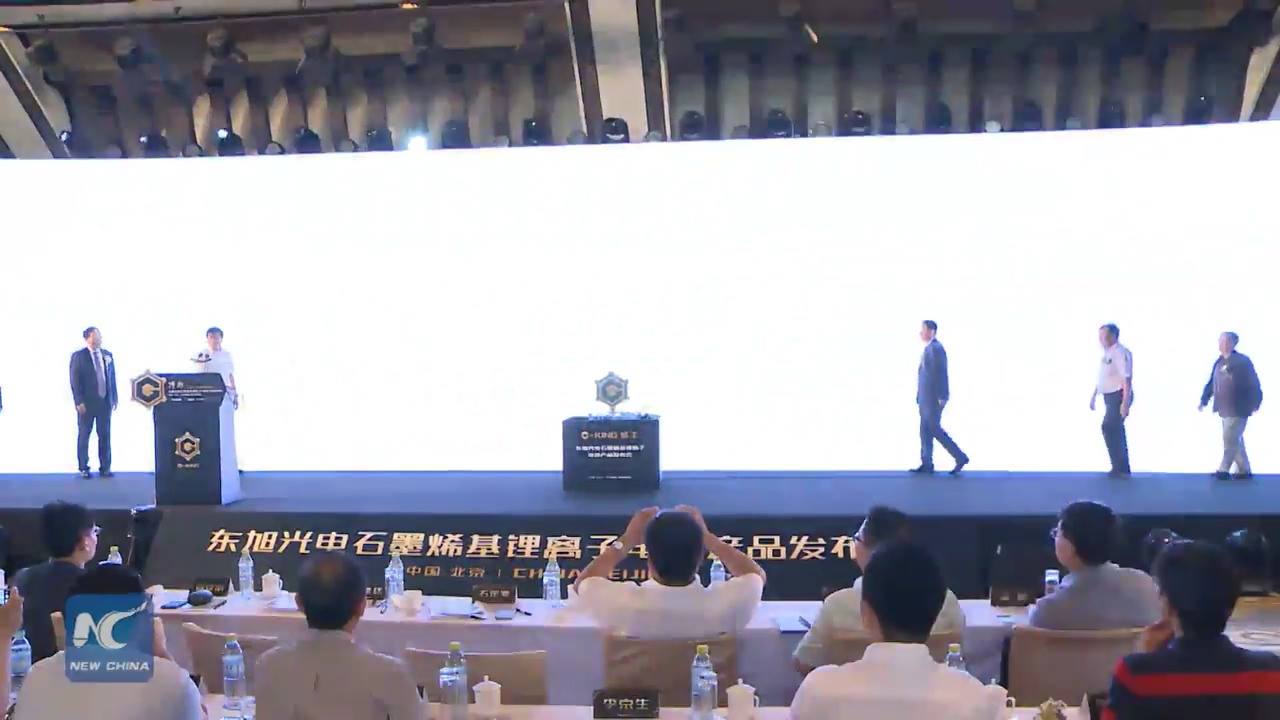Computadores qu nticos a temperatura ambiente.
É aí que entra a naftalina — mais especificamente, o material resultante da queima do naftaleno. A combustão gera um material à base de carbono, um pó fino que pode ser disperso em solventes como água ou etanol e depositado diretamente sobre uma pastilha de silício — depois de seco e visto ao microscópio o material se transforma em uma série de nanoesferas.
Bálint Náfrádi, da Universidade Politécnica Federal de Lausane, na Suíça, juntamente com colegas da Austrália e da Alemanha, descobriu que esse material consegue manter estáveis os spins dos elétrons em seu interior por até 175 nanossegundos — considera-se que a computação qu ntica pode se tornar prática a temperatura ambiente com qubits que sejam estáveis por mais do que 100 nanossegundos.
Read more

